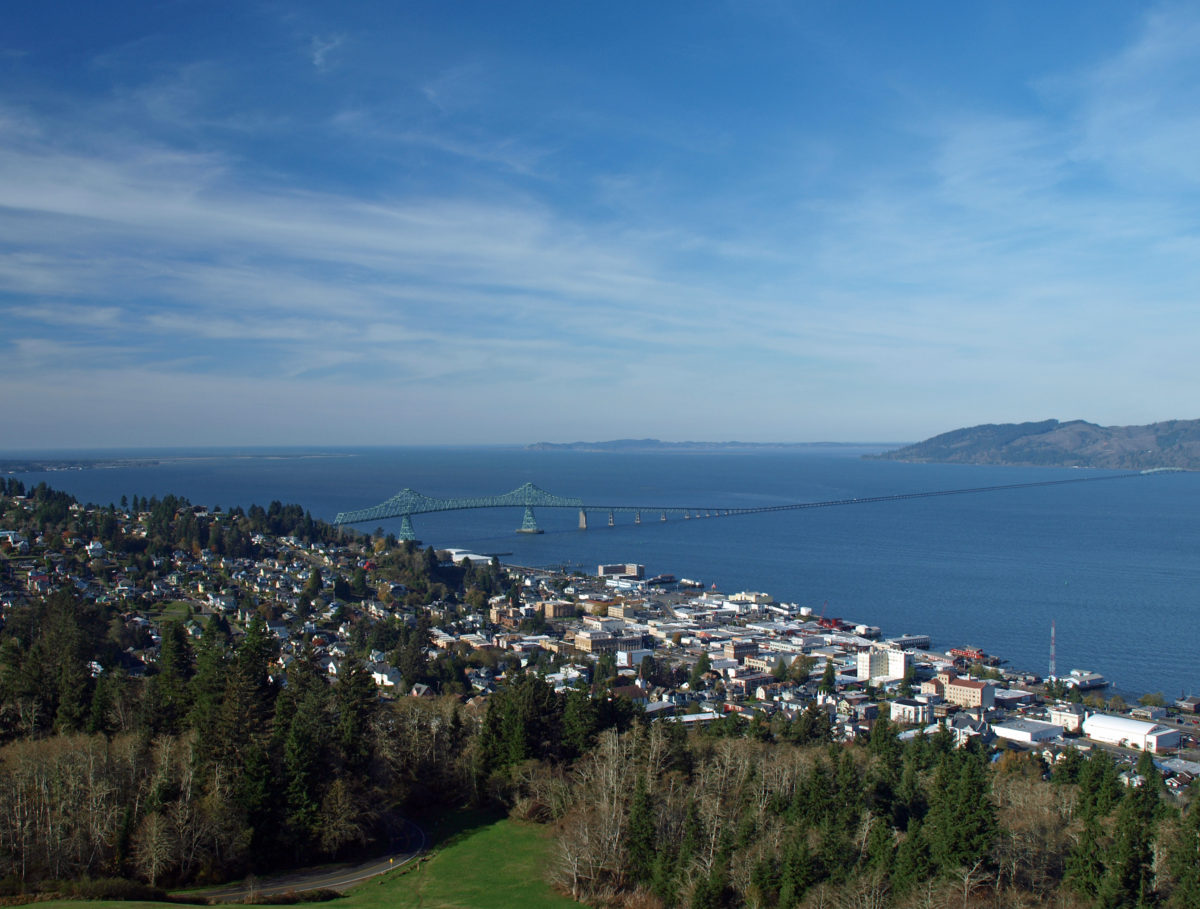In 1811, barely five years after the members of the Lewis and Clark Expedition had become the first Americans to explore the area, John Jacob Astor’s Pacific Fur Company established Fort Astoria near the mouth of the Columbia River. The fort was sold to the North West Company only two years later and renamed Fort George, but the establishment of Fort Astoria (along with the earlier presence of the Lewis and Clark Expedition) gave the fledgling United States claim to the territory. In 1846 the Oregon Treaty gave possession of the area to the United States and the following year the first U.S. Post Office west of the Rocky Mountains was established in the growing community of Astoria.
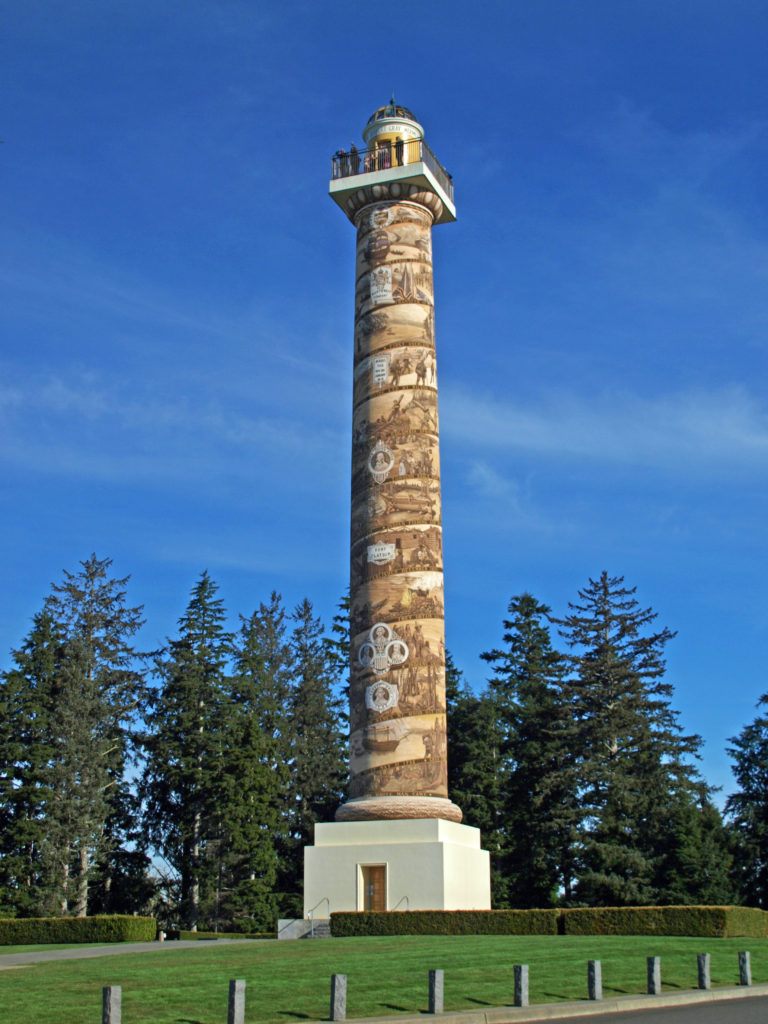
Astoria is rich with history and filled with interesting places to explore. It’s also close enough to the Portland area to be an easy day trip. On my last visit, my first stop was the Astoria Column, atop Coxcomb Hill. The 125-foot-tall tower was built in 1926 to commemorate the history of the area, specifically the discovery of the Columbia River by Captain John Gray in 1792, the Lewis and Clark Expedition of 1804-1806, and the establishment of Fort Astoria in 1811.
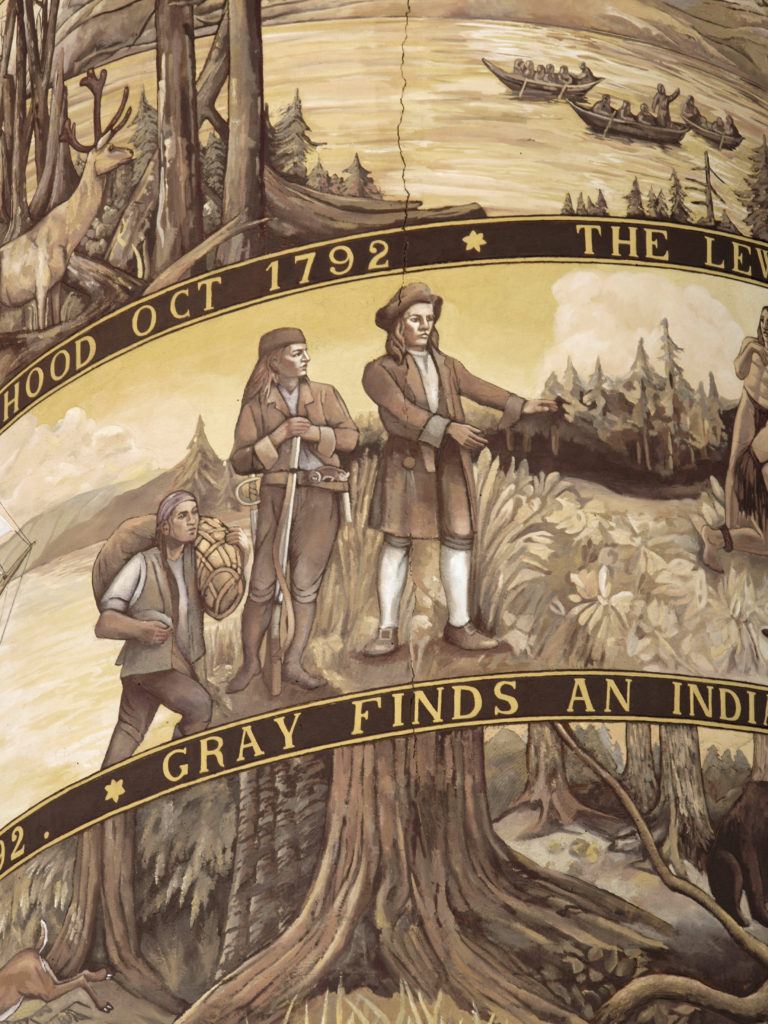
Construction of the monument was first proposed by Ralph Budd, president of the Great Northern Railroad. It was designed by architect Electus Litchfield, and funding was provided, at least in part, by descendants of John Jacob Astor. The exterior of the Column is decorated with a spiral frieze painted by sgraffito artist and Italian immigrant Attilio Pusterla depicting fourteen events in the history of the area. The Column was listed in the National Register of Historical Places in 1974.
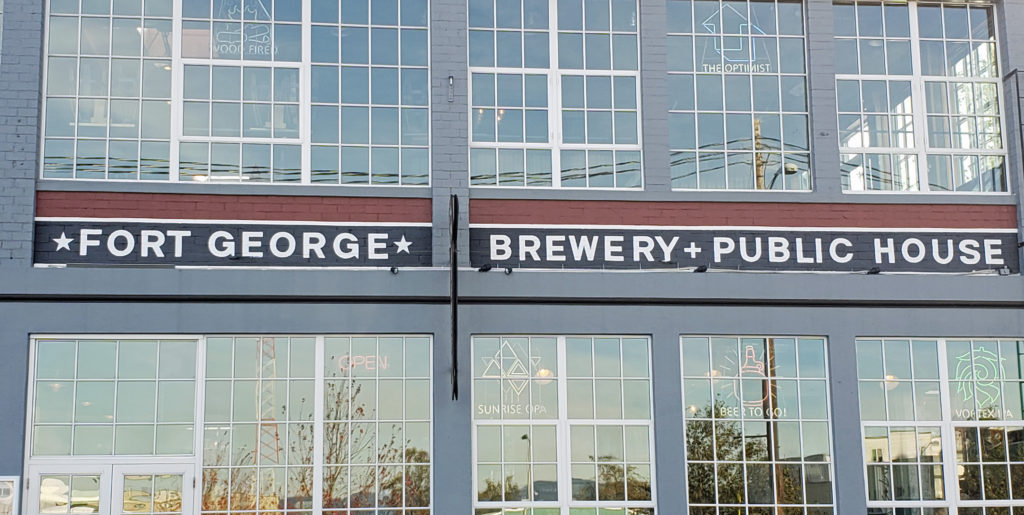
After my stop at the Astoria Column, I had lunch at Fort George Brewery, then spent an hour or two along the waterfront. The Astoria River Walk, an asphalt and boardwalk bike path and walking trail, runs for three miles along the riverfront. In the summer months, the Astoria Riverfront Trolley, a1913 heritage streetcar originally from San Antonio, Texas, runs along the river next to the River Walk. Cost to ride is $1.00, or $2.00 for an all-day hop on, hop off pass.
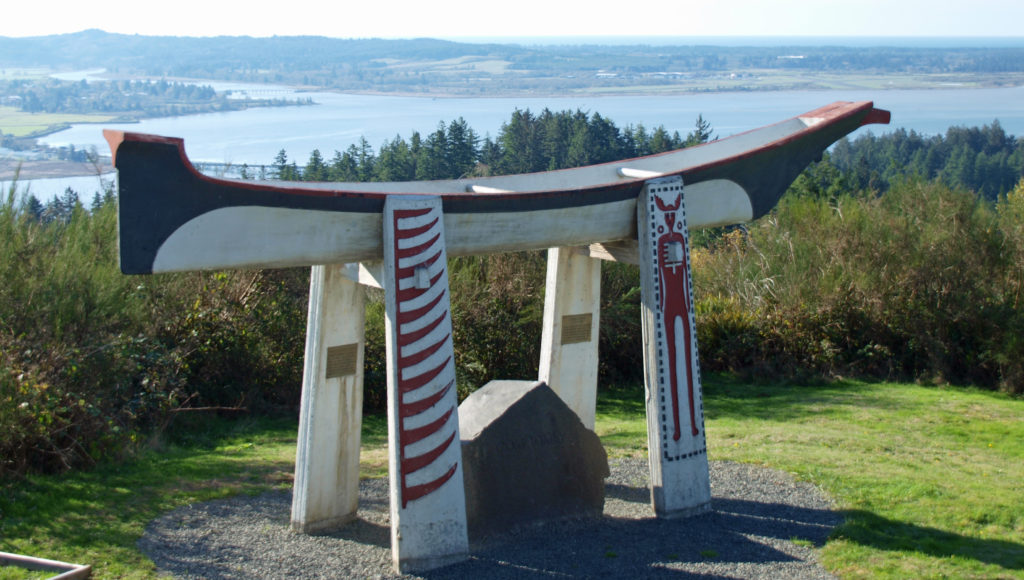
Astoria was the first American settlement on the Pacific coast, but of course the real history of the area goes back much farther. The people of the Clatsop Tribe have lived in the area for at least a thousand years, and the area may have been first settled by early Native American peoples as long as 10,000 years ago.

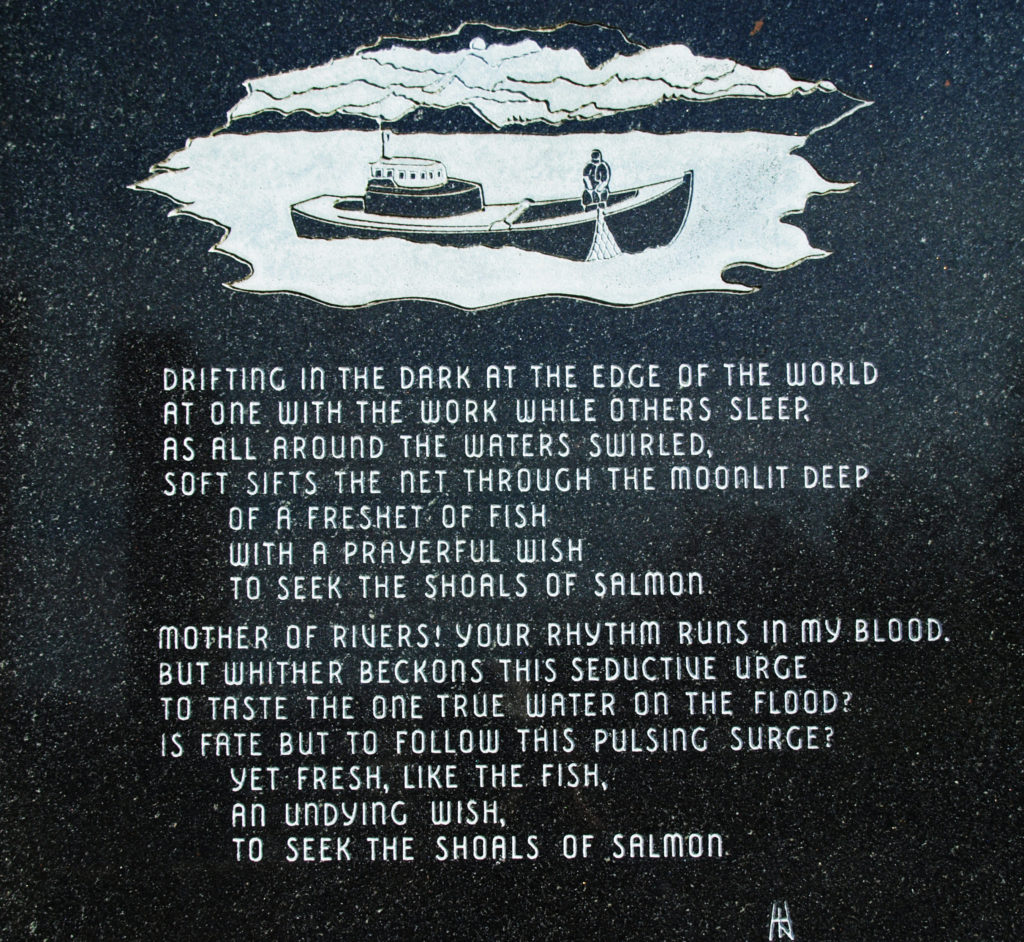
For most the city’s history, the fishing and shipping industries were central to Astoria’s economy. Below the soaring arch of the Astoria-Megler Bridge, Martime Memorial Park honors the many men and women that had been involved in the fishing and seafaring trades during their lives.


About a mile east of the Maritime Memorial, the Columbia River Maritime Museum is one of Astoria’s premier attractions. The museum houses a 30,000-item collection related to the history of fishing, shipping, and naval activities of the area. At the CRMM you can also tour the lightship Columbia. Other historical attractions in the area include the Flavel House Museum, a Queen Anne style Victorian mansion built by sea captain George Flavel in 1885, and a replica of the blockhouse of Fort Astoria, the first structure erected in Astoria.
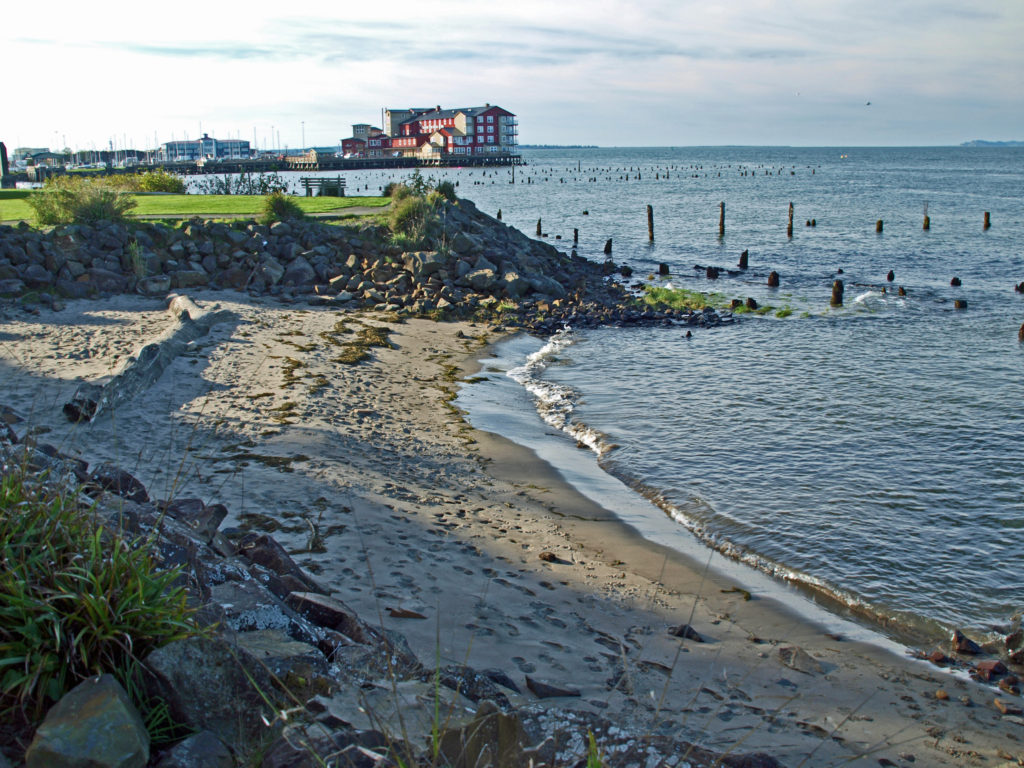
Present day Astoria’s economy is more centered on tourism than fishing or logging. There is a thriving arts community, the weekly street market (Astoria Sunday Market) draws people to the area in the summer, and there is a growing food and drink scene.

For beer lovers, Astoria Brewing, Fort George Brewery, Rogue Pier 39 Public House, and Buoy Beer Company, and Breakside Brewery all offer topflight craft beers and pub food. Reach Break Brewing and Hondo’s Brew Pub are smaller brewers that get high marks, as well. The Pacific Northwest Brew Cup Festival, held in late August at Heritage Square in downtown Astoria, offers craft beers from more than two dozen brewers, as well as food from an assortment of food trucks. Admission is free.
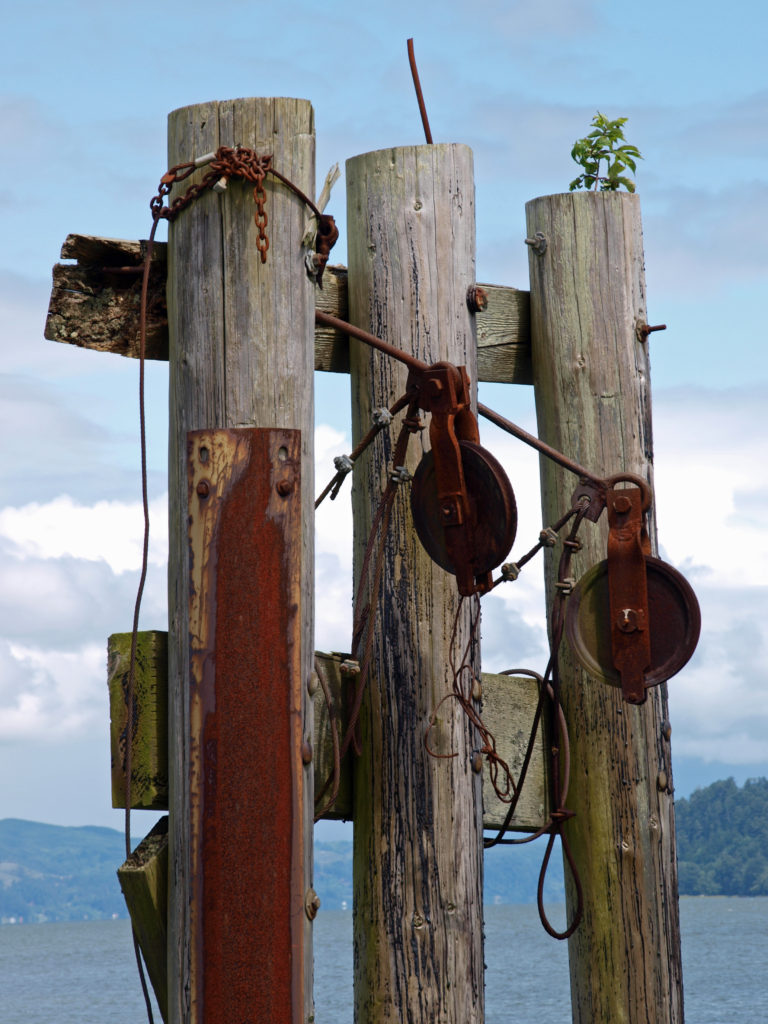

As for cafes and restaurants, Bridgewater Bistro serves up New American cuisine in an old cannery building on the waterfront. Street 14 Cafe serves locally sourced foods for breakfast and lunch. For seafood, try Bowpicker (fish and chips served from a converted fishing boat on Duane Street), or the Silver Salmon Grille on Commercial Street (occupying the space that housed the Thiel Brothers Restaurant for fifty years). Ethnic foods can be found at Drina Daisy’s Bosnian Restaurant, Fulio’s (Italian), Tora Sushi Lounge, Himani Indian Cuisine, and Plaza Jalisco Mexican Restaurant.
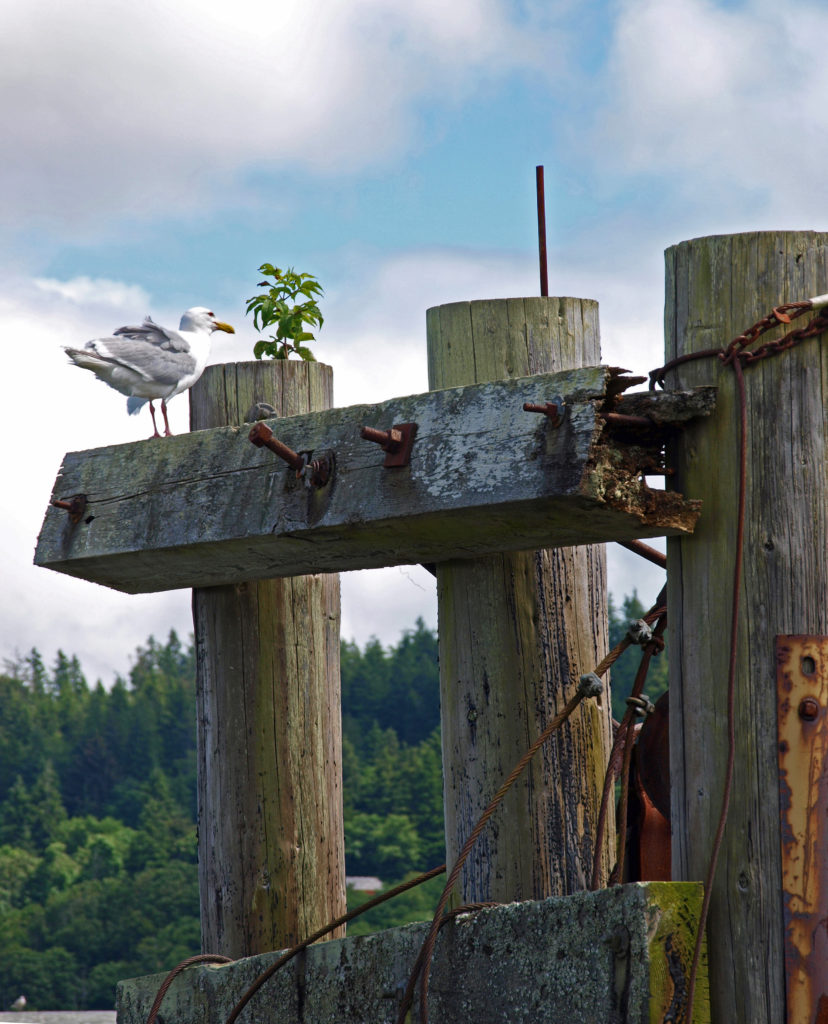
Quality coffee houses include Journey’s End Espresso and Kick Ass Koffee, both located near the bridge in the Uniontown District, Coffee Girl, next to Rogue Pier 39 Public House, and The Rusty Cup on Commercial Street in the historic downtown section.
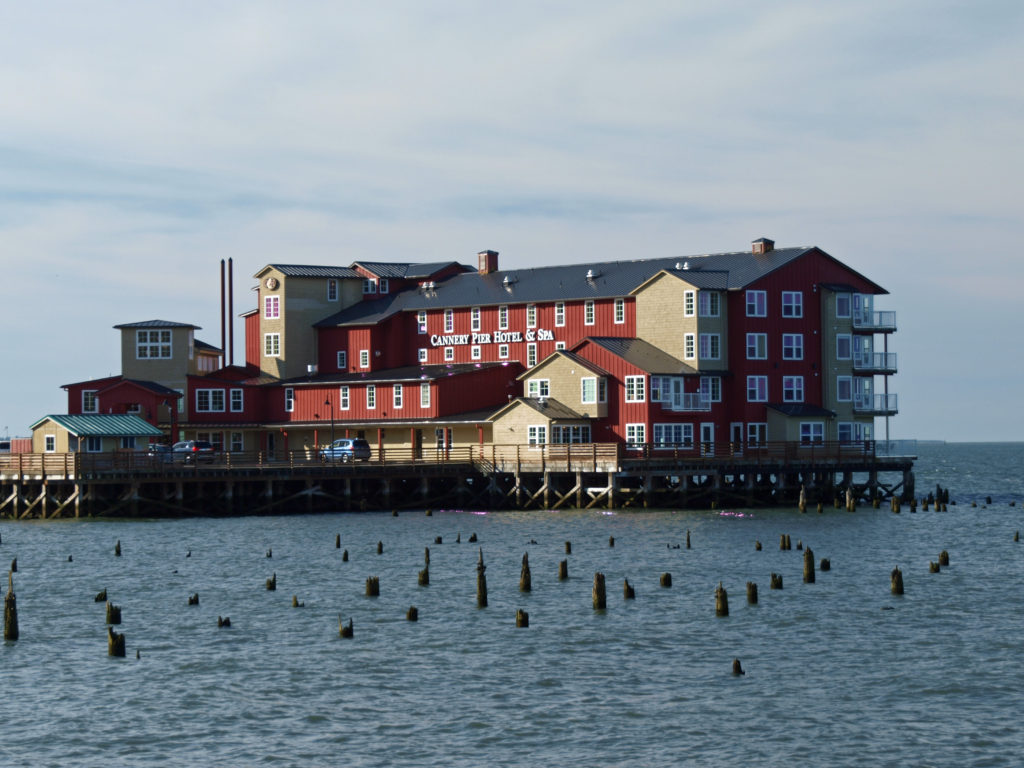
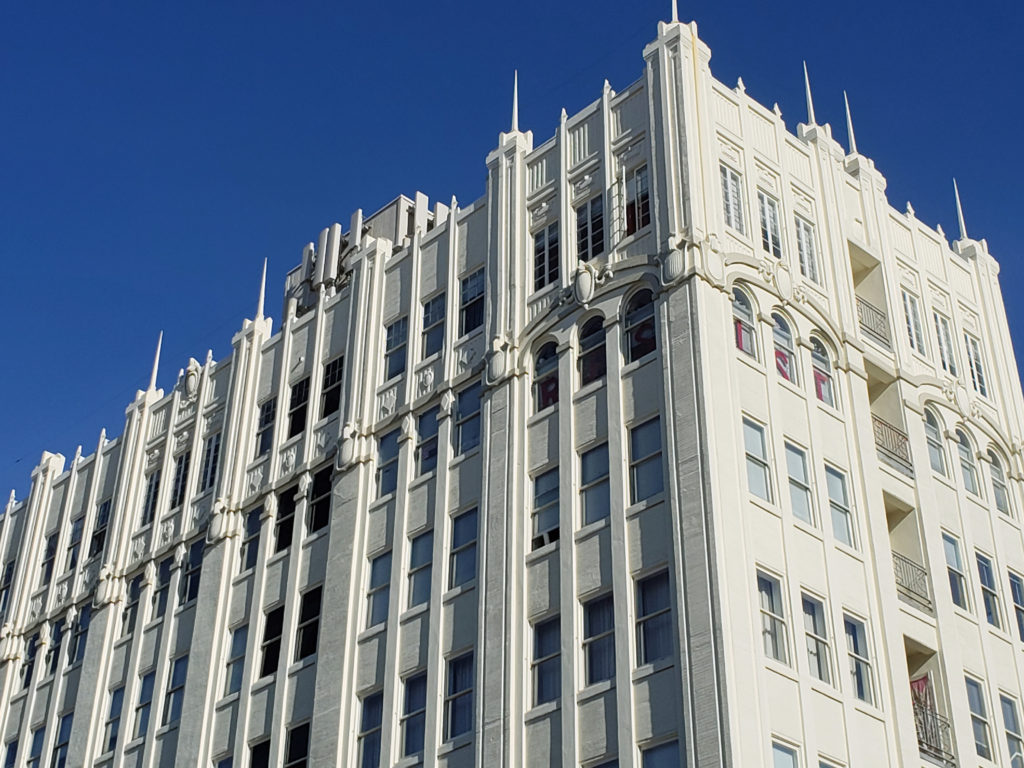
If you’re planning an overnight stay, luxury accommodations can be found at the Cannery Pier Hotel, in an old cannery building on pilings over the water, and the Elliot Hotel (both $300+ per night). Lloyd Hotel and Astoria Riverwalk Inn both get good reviews and are priced mid-range. For bargain accommodations, try the Astoria Crest Motel or the Astoria Rivershore Motel. (The historic John Jacob Astor Hotel, pictured above, is now an apartment building).
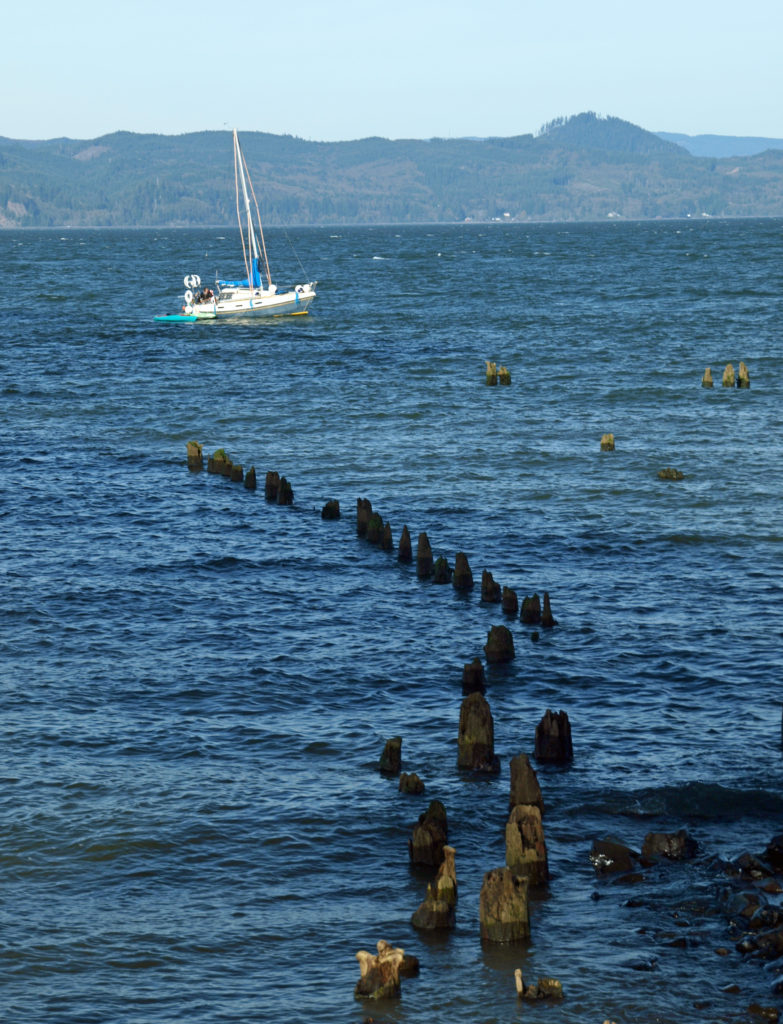
A couple of interesting historical notes. The world’s first cable TV system was established in Astoria in 1946 by Ed Parsons, owner of radio station KAST. And one of Clark Gable’s earliest acting gigs was at the Astoria Theater, where he met his first wife, Joan Didion, in the early 1920s. Astoria has also been the filming location for a number of movies in recent decades, including The Goonies, Kindergarten Cop, Free Willy, Short Circuit, and Come See the Paradise.
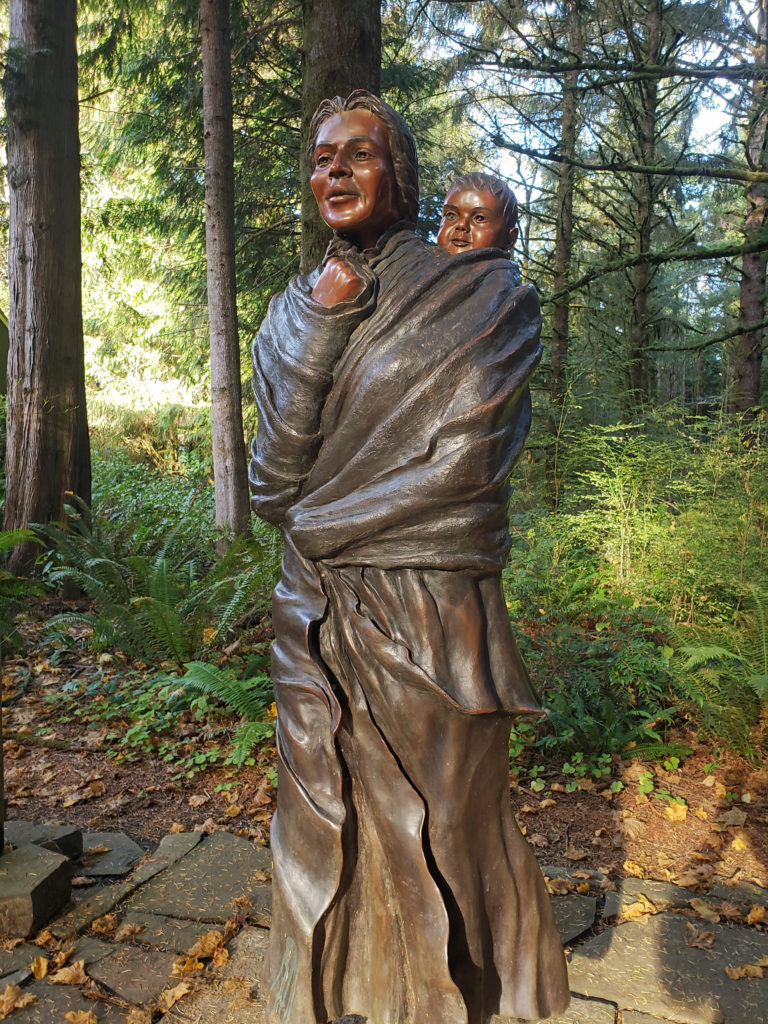
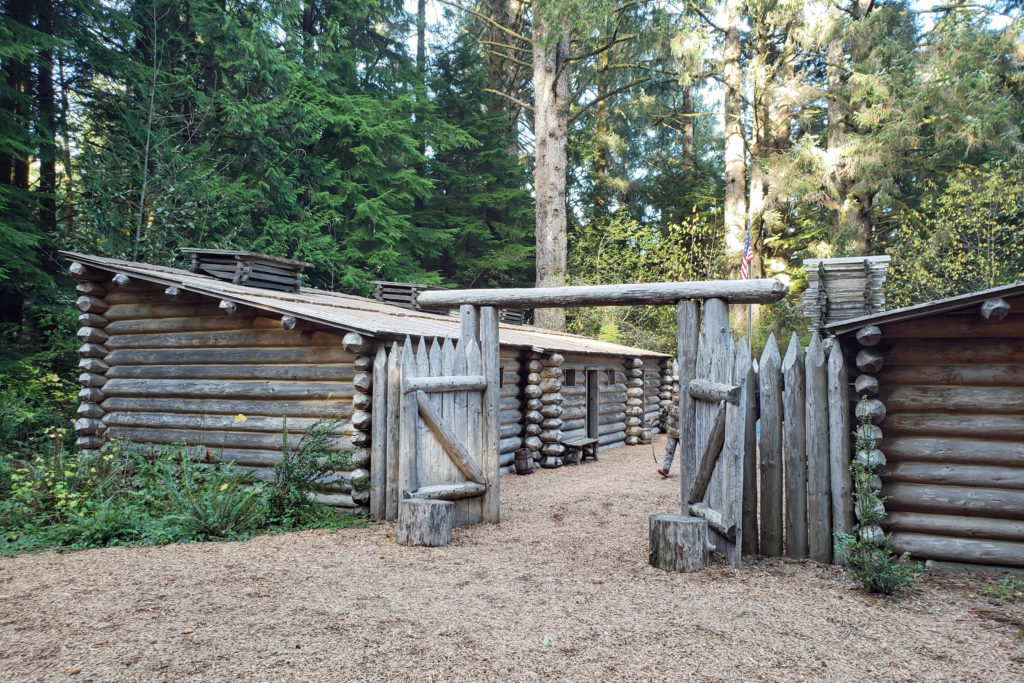
On my way out of town that afternoon, I stopped at Fort Clatsop, part of the Lewis and Clark National Historic Park. In November 1805 the Lewis and Clark Expedition (the Corps of Discovery) reached the mouth of the Columbia River after an 18-month journey from St. Louis. In December they constructed Fort Clatsop, southeast of Astoria, near the shore of what is now the Lewis and Clark River (formerly called the Netul River). The thirty-three members of the expedition wintered there from December 7, 1805 until March 22, 1806. The fort was abandoned when they left to return east, and nothing remains of it today. Its exact location is unknown, but historians are confident that it was in the immediate vicinity of the replica of the fort that is part of the historic park. From the fort there is a short trail to the bank of the river, and a 6.5-mile trail that leads to the ocean at Sunset Beach.

Other attractions in the area include Fort Stevens State Park at the mouth of the Columbia on the Oregon side, and Cape Disappointment State Park on the Washington side.

Originally posted 11/22/18 by Alan K. Lee. Updated and re-posted 4/6/21 and 7/3/23.
All photos © Alan K. Lee

